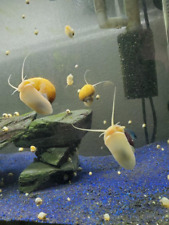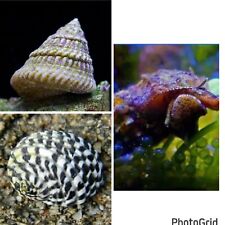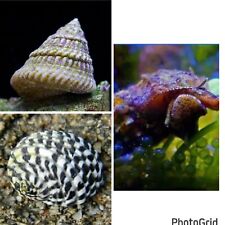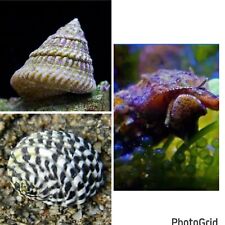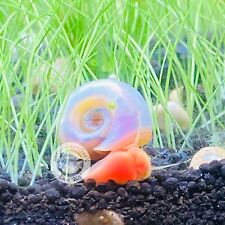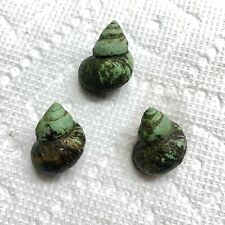Play Fetch with Your Dog

You can play fetch with all the intensity of New York Yankees’ Derek Jeter firing one to Jason Giambi, or you can play fetch like Mildred Williams of Ft. Lauderdale, Florida. She says, "I take Little Duckie [a plush toy that quacks] and throw it to little Piper [her Pomeranian]. We just love it!" Mildred is 89 years old.
Some dogs will teach you to play fetch – no surprise that those automatic conveyer belt bowsers tend to be retrieving breeds. Herding breeds are pretty good at it too. Experts suspect that catching a toy or a ball and then returning it is pretty much the same as herding the toy or ball back to you. However, there’s no guarantee about innate talent. Check out any book on dogs; the Brittany was bred to retrieve waterfowl. Our own dog, at 13, still hasn’t read the books. Chaser does exactly as her name implies. She gives chase. But then she keeps going. I’m finally resigned to the fact that fetch will never be a part of her vocabulary.
Lucy, our Miniature Australian Shepherd (a.k.a. North American Shepherd) went to the same school for fetch and had the same teacher (that’s me) as Chaser. Lucy will play fetch, at least until she decides she just doesn’t want to do it anymore. Then we’re all familiar with dogs like my friend Jerry’s Golden Retriever, Mandy, a total fetch-a-holic. She’s addicted. The lesson here is that some dogs will live to fetch, others will moderately enjoy the game, and still others just won’t do it. Like most things in dog training, begin with an already favorite toy, whether it’s a tennis ball or a plush toy, and begin indoors when there are no distractions, tossing it just a foot or so from your dog.
If your dog doesn’t have a favorite toy, create a favorite. Use that toy only for this game, and tell your dog all about it in an upbeat voice. It’s dangerous for me to say this – I may get nasty notes – but I’ll say it anyway. Tease your dog a little bit with the toy; make her want it. But then, when she barks, "Let me have it," oblige her.
At this point, you have several choices, mostly depending on your dog. Some dogs will naturally return the toy to you and drop it so you can give to her again; it seems they instantly understand. For others, teach the "drop it" command. Or, if you want, offer a piece of kibble or a treat. In order to take the kibble, the dog will drop the toy. The kibble can also encourage dogs who may not return with the toy. As time goes on, be sure to phase out that kibble or treat.
Don’t give in and give chase. If you do, you’ve created an altogether different game. Or more accurately, your dog has taught you an altogether different game. Meanwhile, gradually increase your distance from the dog. Also, don’t be afraid to use her name to call her to you if she doesn’t instantly return. One secret is to always end the game before your dog losses interest, so you leave her wanting more.
Once fetch has been mastered indoors, take it to your backyard or the park (in a fenced-in area, please). Some dogs will instantly play outdoors as if they’ve fetched outside their entire lives. Others will act like they’ve never heard of the game – they’re just too distracted by all those interesting smells. For these dogs, just start gradually, the same as you did indoors, and don’t be afraid to use yummy treats to encourage her to return with the ball or her toy.
Once I was playing fetch with Lucy while on my cell phone. I tossed the toy. Lucy retrieved. I tossed the toy. Lucy retrieved. I tossed the phone. Lucy did not retrieve.

